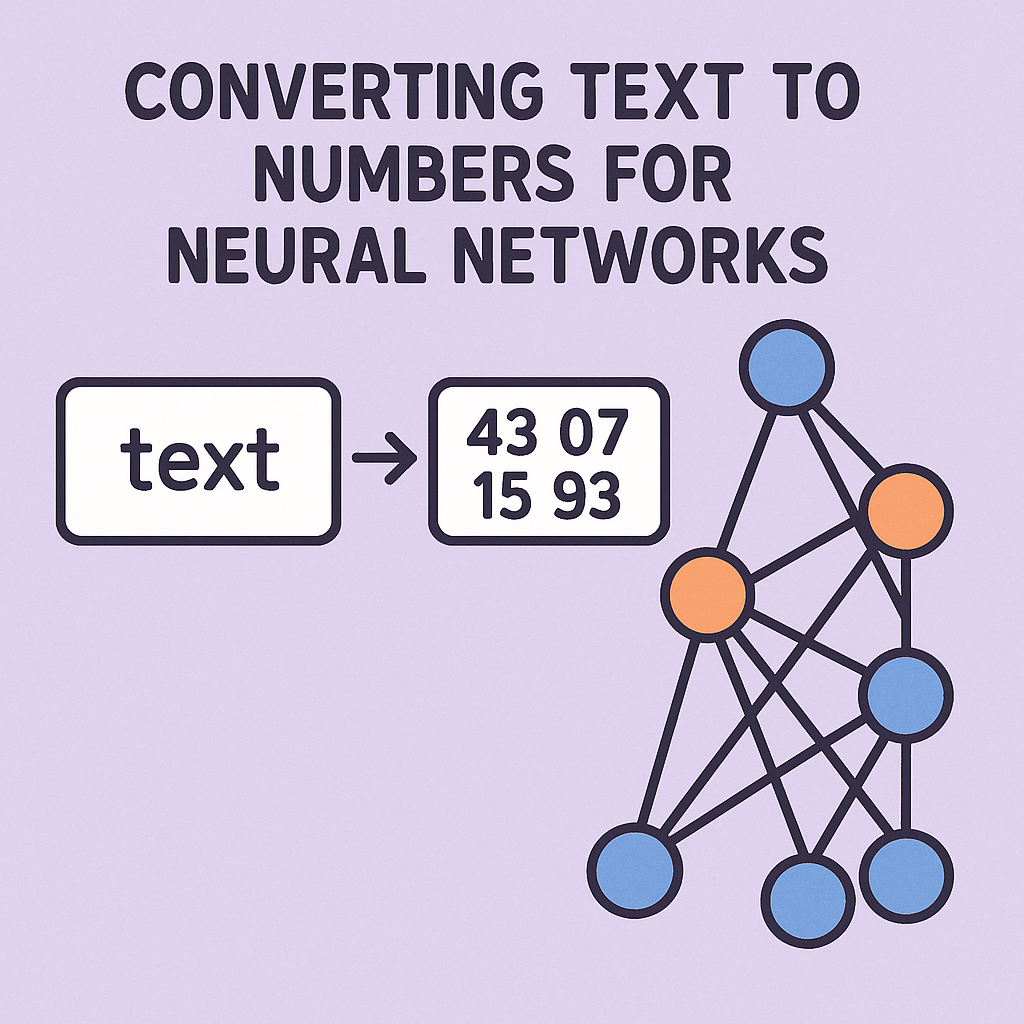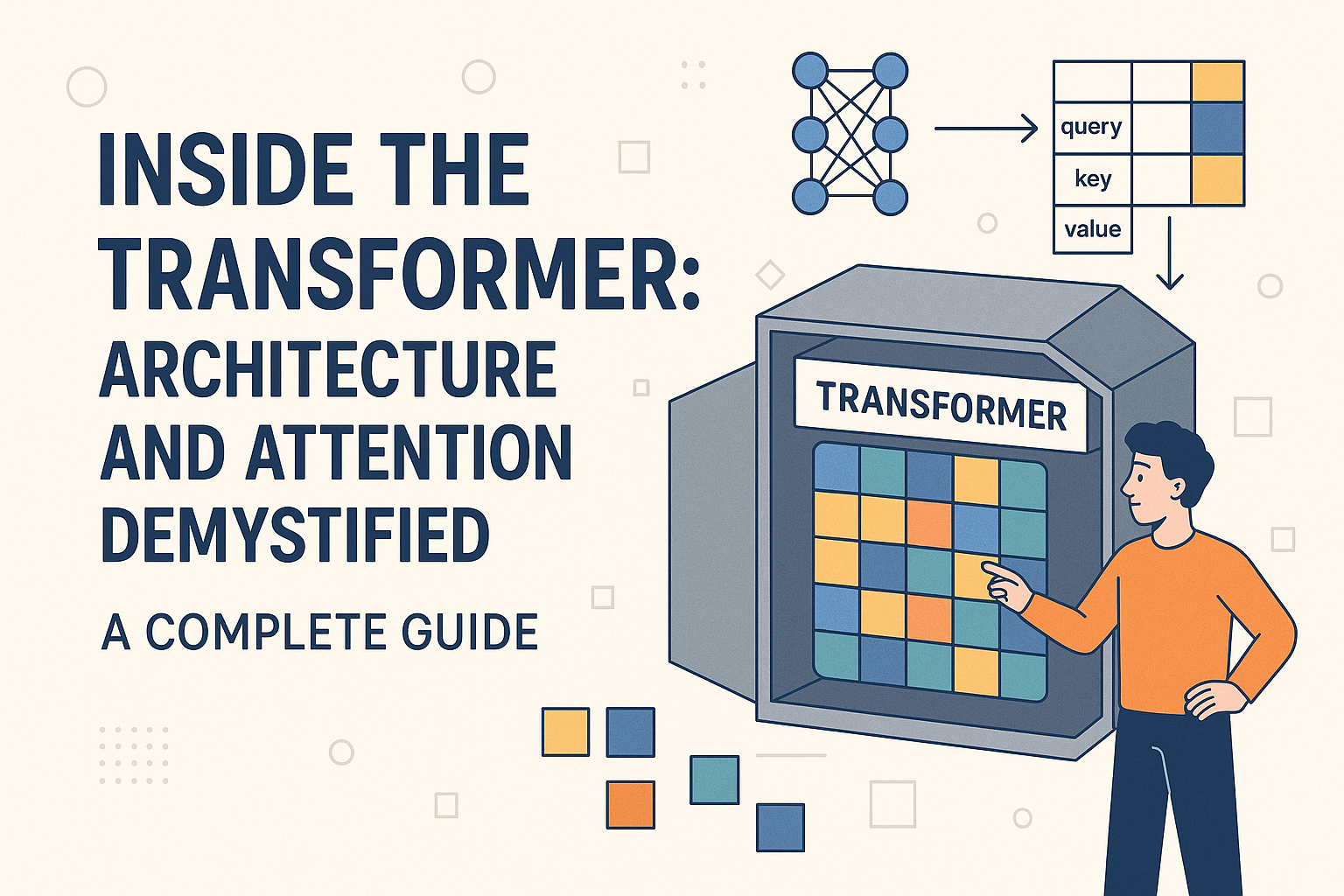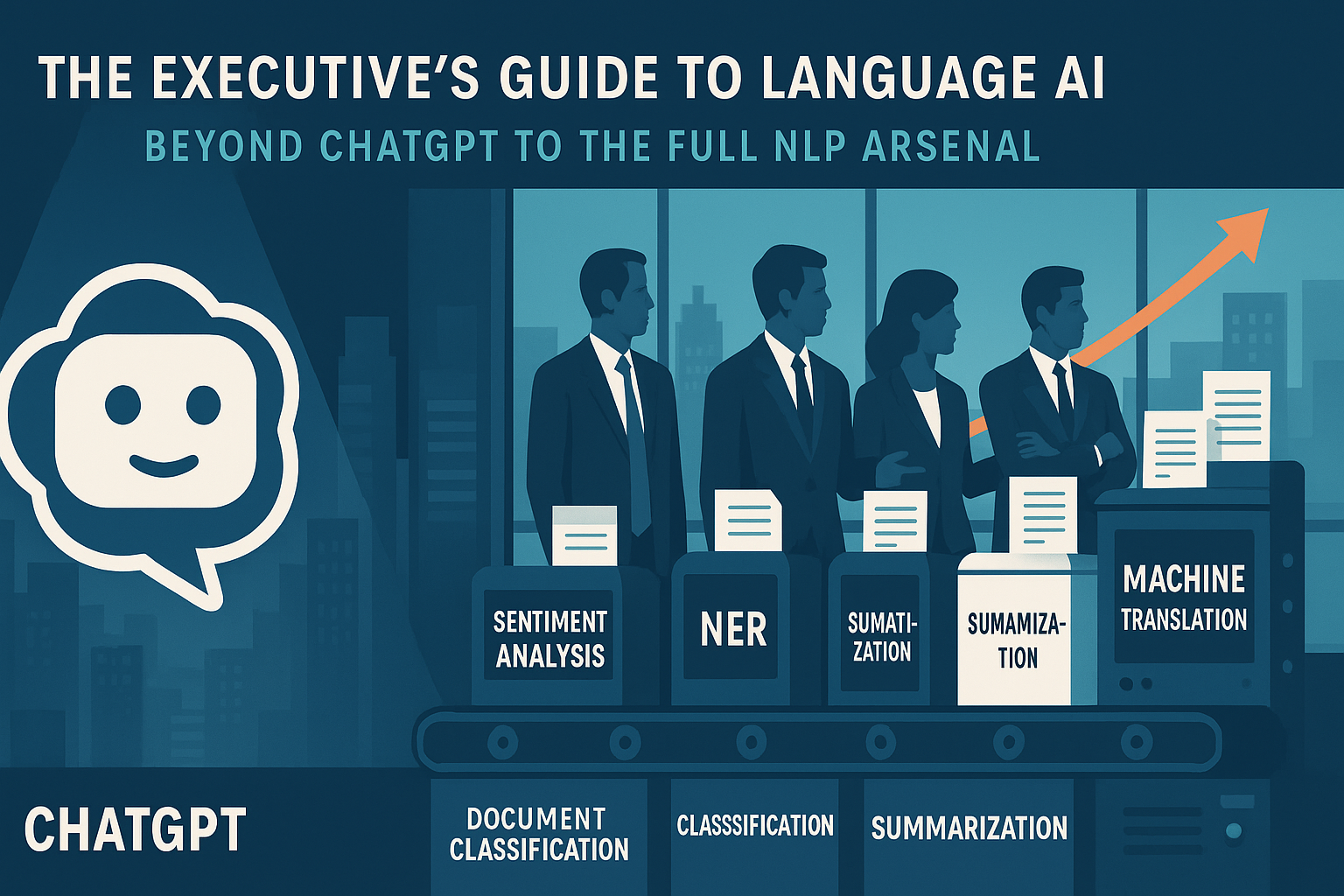Scaling Up: Debugging, Optimization, and Distributed Training - Article 17
mindmap
root((Scaling Up))
Debugging
Common Issues
Monitoring Tools
Advanced Debugging
Business Impact
Optimization
Memory Management
Compute Efficiency
Cost Control
Profiling
Performance Gains
Distributed Training
Data Parallelism
Model Parallelism
FSDP
DeepSpeed
Framework Choice
PyTorch 2.x
TensorFlow
JAX
Interoperability
Production Ready
Experiment Tracking
Checkpointing
Monitoring
Best Practices
Step-by-Step Explanation:- Root node focuses onScaling Uptransformers
- Branch coversDebuggingtechniques and tools
- Branch detailsOptimizationstrategies with performance gains
- Branch exploresDistributed Trainingapproaches
- Branch comparesFramework Choiceincluding PyTorch 2.x features
- Branch ensuresProduction Readydeployment
Setting Up Your Environment
# Using pyenv (recommended for Python version management)
pyenv install 3.12.9
pyenv local 3.12.9
# Verify Python version
python --version # Should show Python 3.12.9
# Install with poetry (recommended)
poetry new scaling-project
cd scaling-project
poetry env use 3.12.9
poetry add torch transformers accelerate deepspeed tensorboard wandb
# Or use mini-conda
conda create -n scaling python=3.12.9
conda activate scaling
pip install torch transformers accelerate deepspeed tensorboard wandb
# Or use pip with pyenv
pyenv install 3.12.9
pyenv local 3.12.9
pip install torch transformers accelerate deepspeed tensorboard wandb
You kick off training your transformer model. At first, it’s smooth sailing—until your laptop sounds like a jet engine and freezes.**If you’ve tried moving from toy datasets to real-world data, you know this pain.**Scaling transformers demands more than clever model design. It’s an engineering challenge.
Continue reading












